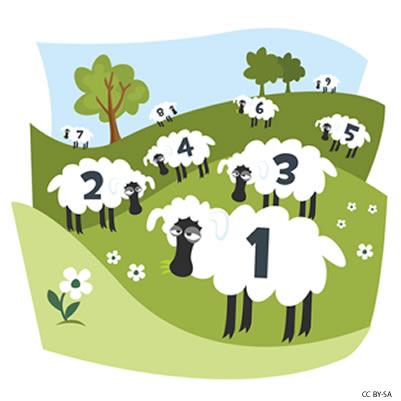Financial analysis
Farm financial analysis are the last thing that gets the farmer's attention, but are a necessary part of a successful farm operation.
Measurements and financial analysis
On the land we pay a lot of attention to measurements – micron, moisture, calving rate. Yet we mostly ignore the money measurements. Frankly they are not half as interesting. My grandfather was a Queensland drover, then bred sheep and cattle at Coonabarabran before establishing a property development and building company in Sydney.
Accounting
Before I qualified as a Chartered Accountant/CPA, when I turned 21 he invited me onto the board of his company. He gave me a set of financial statements from the accountant, to read over. They might have been written in Russian for all that they meant to me and perhaps to him. Many years later they mean more to me than measuring the micron of our sheep at Tullamore, the soil moisture in the cropping paddocks or the calf birth weights and calving rates at Braidwood.
Financial statements tell stories
Financial statements tell stories to financial analysts that they hide from others. Over one or two years they reveal a great deal about the money management side of a farm. Over a decade or farm financials provide the data that can enable a farmer to make much more money per hectare or per head. It does not matter whether the farm is coping with drought or debt, or enjoying the best seasons in decades. The figures reveal the secret of making more money. We mostly don’t farm to make money. We farm to enable us to live the very best life-style in the world. But the more money we make out of it, the more enjoyable it becomes.
Many matters depend on wise financial analysis
When we sit down with farmers to chat about restructuring, succession planning, buying another block or getting the bank off their back, their past financial statements have the information needed to set them on the right track. The figures and graphs we extract, tell the farmers what they can afford and how they can best afford it. They also reveal why they might be finding cashflow very tight. An important part of financial analysis can highlight how the farmers toil is supporting the multi-million dollar bank’s CEO's salary.
Money in your bank account, not the bank’s.
For many, those figures enable us to put more money into the farmers bank accounts than into the bank’s own coffers. At farm debt mediation they earned one farmer $5 million. When refinancing, good financial analysis can help shave the interest rate being paid for the next 20 years. This could even eliminate the need for debt at all. Loan and debt problems are not unique to farmers, but the weather impact can turn profits into losses overnight. Some commodities have a very short “self life” like weaners or prime lambs.
Be careful who you borrow from
The good thing about a bank loan is that one can talk to the bank. Borrowing from a non-bank lender, one of my clients had been faced by a debt collector who said to the person not making loan repayments, “How would you like to end up in the dam with a lump of concrete around your feet?” Even when a bank debt is seriously behind we have found that the bank will deal with it sensibly. Physical violence is not part of their recovery process, even though financial abuse is. However, farmers need to treat any threat by the bank seriously. Because a bank can foreclose on the farm, appoint a receiver or take insolvency action against them. Call a consultant fast if that happens, because that can cost a farmer a fortune and lose the farm in a flash.
Use an accountant who has been paid for producing the figures.
Figures that cost a farmer heaps for the accountant to prepare, turn into a technicolour landscape in the hands of a skilled financial analyst. Studying accounting enabled me to run the Australia-wide GBAC consultancy, breed Merinos on 9,000 acres at Tullamore in the NSW Central West and cattle on 3,300 acres in the NSW Southern Tablelands. At the same time, developing the most effective political persuasion tool in Australia, the Votergrams. I thank all those farmers and accountants who at conventions and conferences or just as neighbours, shared their knowledge with me. That knowledge, I can now pass it on to others. What I have learned is that there is almost always a good solution to any problem. The dull old financial statements that have been paid for to do tax returns can often help provide those good solutions. Greg Bloomfield

